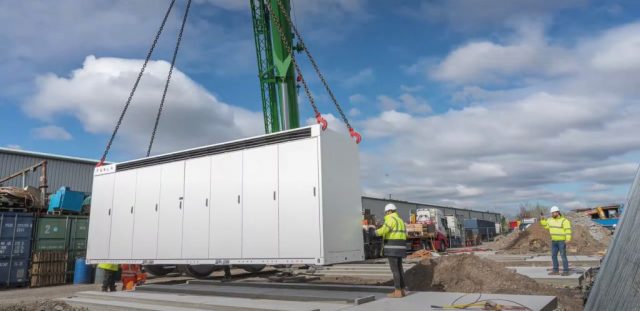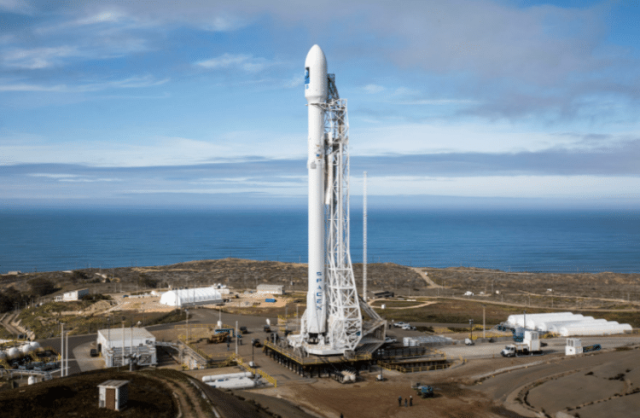Earlier, Tesla seriously increased the prices of its lithium energy storage and electric vehicles. What is happening can significantly reduce the pace of development of entire industries.
The company has notified the users of the global satellite Internet Starlink that from March 22 they will pay for the Internet not $ 99 per month, as before, but $ 110. The cost of the Starlink terminal has risen from $499 to $599. This is probably not the last increase: what is happening in Ukraine has caused systemic disruptions in international trade, which is why the cost of a variety of components continues to grow.
A little earlier, the company raised the prices for Falcon 9 launches from 62 to 67 million dollars, and Falcon Heavy - from 90 to 97 million dollars. In both cases, the increase is close to 8%. Aluminum alloys are widely used in the manufacture of rockets, and the cost of aluminum and many other non-ferrous metals has increased many times in recent months - first due to rising gas prices caused by the EU's unwillingness to conclude long-term contracts for gas imports from Russia, and then due to disruptions in trade after February 24. In addition, inflation in the United States on March 10, 2022 was 7.9%, the maximum for 40 years (however, clearly less than inflation in Russia).
SpaceX's prices for launching associated cargo on its rockets have also increased. If earlier launching a load of up to 200 kilograms into a sun-synchronous orbit cost only $ 1.0 million, now it costs $ 1.1 million.
Recently, inflation has seriously hit another business of Elon Musk - Tesla. This company raised the price of Megapack, the cheapest convenient energy storage in the world today, from 1.1 million to 1.538 million dollars. The reasons are the multiple increase in prices for lithium and some other metals in recent months. In addition, Tesla has increased the prices of its electric vehicles. Now the cheapest of them will cost from 47 thousand dollars, while a couple of years ago it (when ordering by phone) could be purchased for at least 35 thousand. Six months ago it was 10% cheaper than it is today.

Tesla Megapack, power 0.8 megawatts, capacity approximately 3.1 megawatt-hours, weight 23 tons
Image Source: Tesla
What is happening will affect the speed of the introduction of new technologies in a number of industries. If the Falcon 9 Mask is not threatened by competitors, then the further distribution of Starlink will be in question. For American and European conventional (land-based) providers, costs have practically not increased. If they do not inflate the prices of their services, Starlink will be noticeably more expensive than competitors (about a couple thousand dollars a year in the first 12 months of ownership).
Meanwhile, Elon Musk planned to raise funds for flights to Mars mainly from the proceeds from the Starlink project. How to do this in conditions of weak price competitiveness is not entirely clear. Probably the richest man in the world will have to look for another way.
The rise in prices for Megapack, in turn, will slow down the increase in the share of wind farms and SES in a number of countries: without storage or insurance in the form of thermal power plants, these types of stations hardly provide stable energy supply. The rise in the cost of electric vehicles also means a slower growth in the production of Tesla cars. The company plans to produce 20 million of them a year — twice as many as any modern leading company. However, now the penetration into the most massive segment of the car market may be delayed. This is unfortunate, because, as we wrote earlier, ICE-mobiles kill a lot of people around the world with exhaust emissions, and even an electric car charging from a thermal power plant is much safer in this sense.

